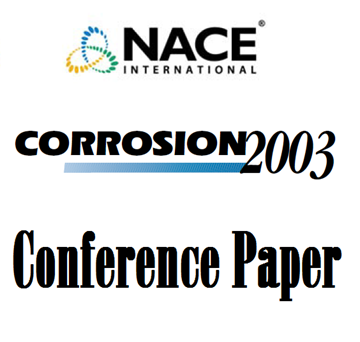Search
51314-4165-Metallurgical Effects on the Diffusion of Hydrogen Through Alloy 718
Also Purchased
51316-7459-Hydrogen-Assisted Failure in Ni-Based Superalloy 718
Product Number:
51316-7459-SG
ISBN:
7459 2016 CP
Publication Date:
2016
$20.00
96127 The Effects of Heat Treatment and Hydrogen on the SCC Behavior of Superalloy 718
Product Number:
51300-96127-SG
ISBN:
96127 1996 CP
$20.00
03126 PHYSICAL METALLURGY OF ALLOYS 718, 725, 725HS, 925 FOR SERVICE IN AGGRESSIVE CORROSIVE ENVIRONMENTS
Product Number:
51300-03126-SG
ISBN:
03126 2003 CP
Publication Date:
2003
$20.00




